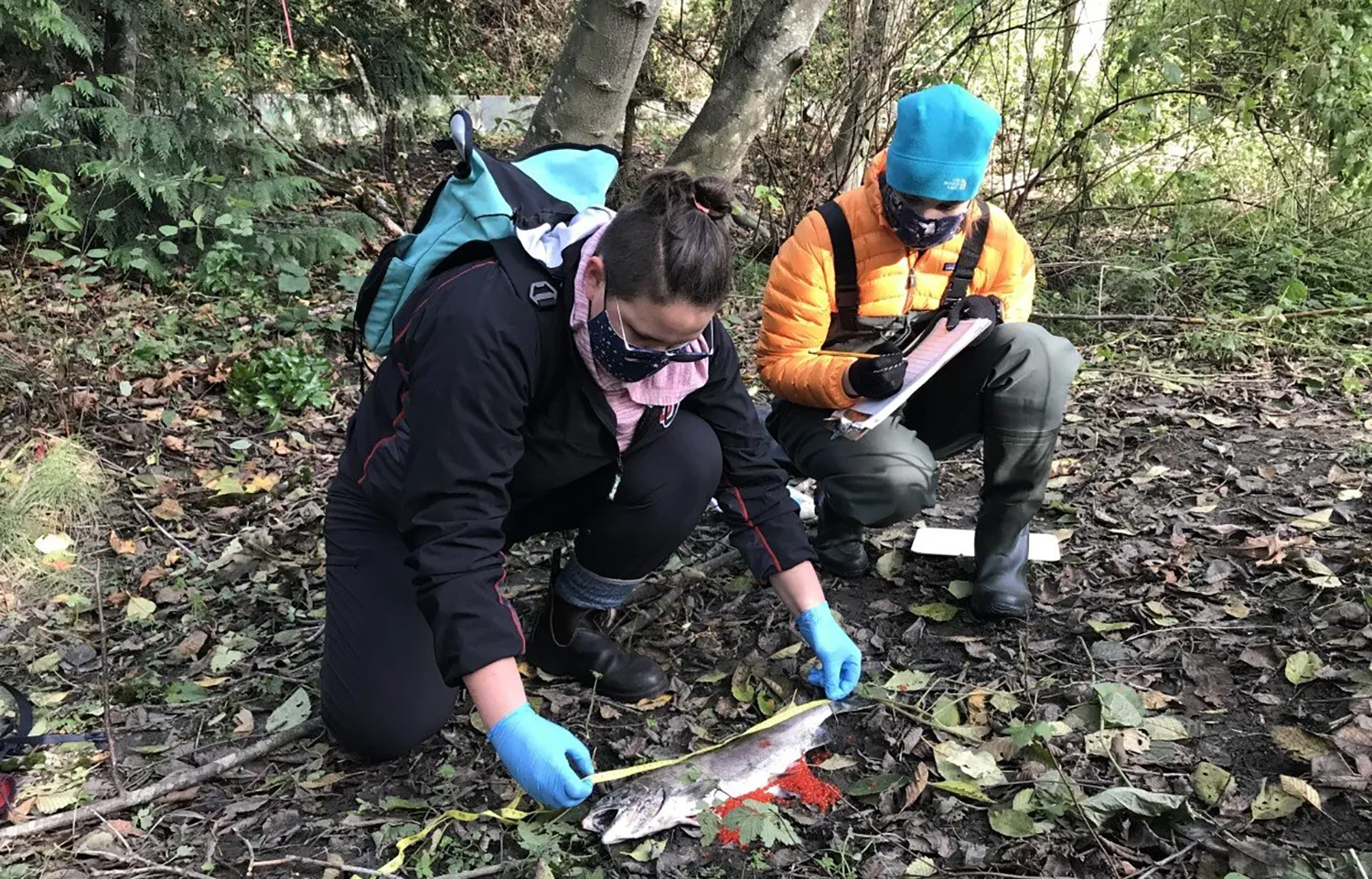The chemical 6PPD, which is used to prevent rubber tires from breaking down and helps them last longer, has been linked to cases of coho salmon mortality in the U.S. state of Washington.
The California Department of Toxic Substances Control listed 6PPD as a priority product of concern due to possible environmental harm in 2023. Soon after, Canada’s federal government also agreed to label 6PPD as a prioritized toxic chemical. Then, the U.S. Environmental Protection Agency (EPA) launched an investigation into the chemical in late 2023.
As a result of the regulatory microscope placed on the chemical, mainly following pressure from environmental groups, five alternatives to 6PPD have now passed initial analysis stages, selected from over 60 initial candidates.
Seafood industry concern began to rise around 6PPD, which is released through normal automobile use, in 2020, when scientists from the Washington Stormwater Center identified it as the cause for mass coho salmon die-offs in urban creeks near the city of Seattle.
Due to these findings, San Francisco, California, U.S.A.-based nonprofit Earthjustice sued prominent tire manufacturers over the chemical in 2023, citing research that stated when 6PPD is exposed to ground-level ozone, it transforms into 6PPD-quinone – a chemical that can kill coho salmon and contribute to urban runoff mortality syndrome when rain washes the chemicals into bodies of water through storm drains.
Other species of fish have since been found to also be sensitive to the chemical, such as rainbow and brook trout.
U.K.-based engineering consultancy firm Emissions Analytics also found that car tires emit 1 trillion ultrafine particles per 1 kilometer driven, with electric vehicles emitting an estimated 20 percent more tire particles than gas-powered cars.
"You've got a chemical cocktail in these tires that no one really understands and is kept highly confidential by tire manufacturers," Emissions Analytics CEO Nick Molden said. "We struggle to think of another consumer product that is so prevalent in the world and used by virtually everyone, where there is so little known of what is in them."
Following Earthjustice’s lawsuit against 13 major tire manufacturers, on behalf of two fishing industry groups, a global consortium of 30 tire manufacturers, organized by the U.S. Tire Manufacturers Association (USTMA), evaluated over 60 alternatives to the chemical they could possibly use. They initially narrowed the group down to 40 viable alternatives and then further winnowed the field down to five.
“The safety, performance, and sustainability of our products remains our uncompromising priority, and there is important work to be done to ensure any potential alternatives meet that high standard,” USTMA President and CEO Anne Forristall Luke said. “This preliminary [analysis] marks an unprecedented milestone in the tire industry’s search for an alternative to 6PPD in tires. The depth and breadth of this work represents significant progress toward the identification of potential alternatives and further demonstrates our industry’s commitment as a leading force in the search for solutions.”
USTMA said it is aiming to identify one or more possible alternatives that hold to its promise of replacing or materially reducing 6PPD used in tires as soon as possible.
According to Pew Charitable Trusts and U.K. environmental investment firm Systemiq, more than three-quarters of microplastics entering the ocean come from synthetic rubber in tires. However, replacing 6PPD is not straightforward, as any changes made to automobile components must undergo extensive testing.
Drivers operate cars in challenging and constantly changing environments, and tires are essential for vehicle and passenger safety, California Department of Toxic Substances Control Deputy Director Karl Palmer said.
"6PPD plays a crucial role in the safety of tires on California's roads, and currently, there are no widely available safer alternatives," Palmer said. "For this reason, our framework is ideally suited for identifying alternatives to 6PPD that ensure the continued safety of tires on California's roads while protecting California's fish populations and the communities that rely on them."
In a May 2024 op-ed for Rubber News, retired tire industry veteran Harold Herzlich said there are several possible solutions to quickly find a 6PPD alternative.
One option, according to Herzlich, is to ...








